Sclerotherapy
Sclerotherapy is a popular method of eliminating varicose veins and spider veins in which a solution, called a sclerosing agent, is injected into the veins. The sclerosing agent irritates the inside of the vein, causing the blood to clot and the vein to scar. The body is then able to find alternate pathways for your blood to return to your heart. The scarred vein is absorbed the body, eliminating the painful or unsightly superficial veins.
Sclerotherapy is very effective for the majority of patients who have superficial varicose veins or spider veins without significant reflux (as determined by ultrasound). Unfortunately, however, there is no guarantee that sclerotherapy will be effective in every case. Approximately 10% of patients who undergo sclerotherapy have poor to fair results. (“Poor results” means that the veins have not totally disappeared after 6 treatments.) In very rare instances, the patient’s condition may become worse after sclerotherapy treatment.
The number of treatments needed to clear or improve the condition differs from patient to patient, and depends on the extent of varicose and spider veins present. One to six treatments may be needed, with an average of three to four treatments.
Who is a good candidate for sclerotherapy?
Patients who have varicose veins or spider veins without significant reflux are good candidates for sclerotherapy. Reflux occurs when the valves throughout the veins are not working properly, allowing for blood to flow backwards the opposite way. This is determined by an imaging study called a duplex ultrasound. This is a non invasive study that looks at the blood flow throughout your legs.
The decision for sclerotherapy is made by your doctor, and largely based on the appearance of your veins as well as the results of the ultrasound.
What are the benefits of sclerotherapy?
- Relief of symptoms
- Improved appearance of leg veins
- Return to normal activities the next day
- Quick office procedure
What are some of the side effects of sclerotherapy?
- Itching: You may experience mild itching along the vein route, which typically lasts 1-2 days
- Transient hyperpigmentation: Approximately 30% of patients who undergo sclerotherapy notice discoloration of light brown streaks after treatment. In almost every patient, the veins become darker immediately after the procedure. In rare instances, this darkening of the vein may persist for 4-12 months.
- Permanent hyperpigmentation: A permanent discoloration, usually small and hardly noticeable, may remain along the past of the sclerosed segment.
- Sloughing: Sloughing occurs in less than 3% of patients that receive sclerotherapy. Sloughing consists of a small ulceration at the injection site that heals slowly. A blister may form, open, and become ulcerated. The scar that follows should return to a normal color with healing.
- Allergic reaction: Very rarely, a patient may have an allergic reaction to the sclerosing agent used. The risk of an allergic reaction in greater in patients who have a history of allergies.
- Pain: A few patients may experience moderate to sever pain and some bruising, usually at the site of the injection. The veins may tender to the touch after treatment and an uncomfortable sensation may run along the vein route. This pain is usually temporary, and in most cases lasts only 1 to 7 days.
- Rare complications include visual disturbances, transient ischemic attacks, or stroke.
